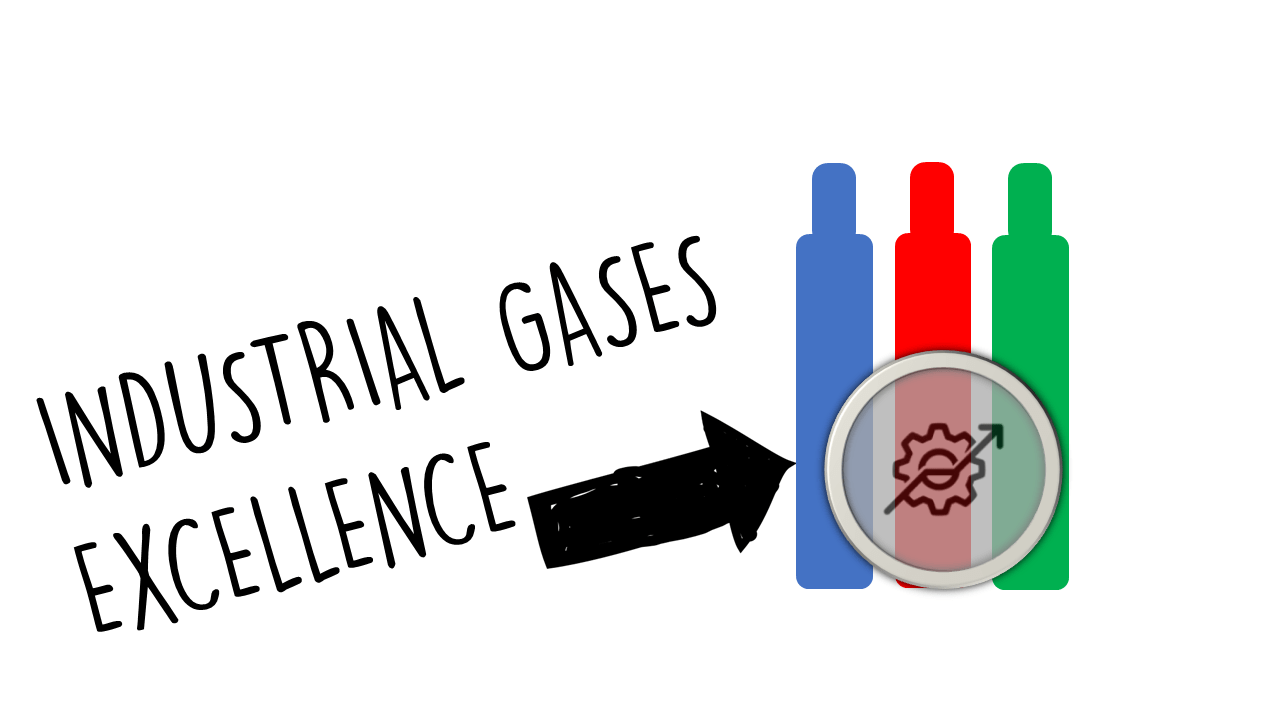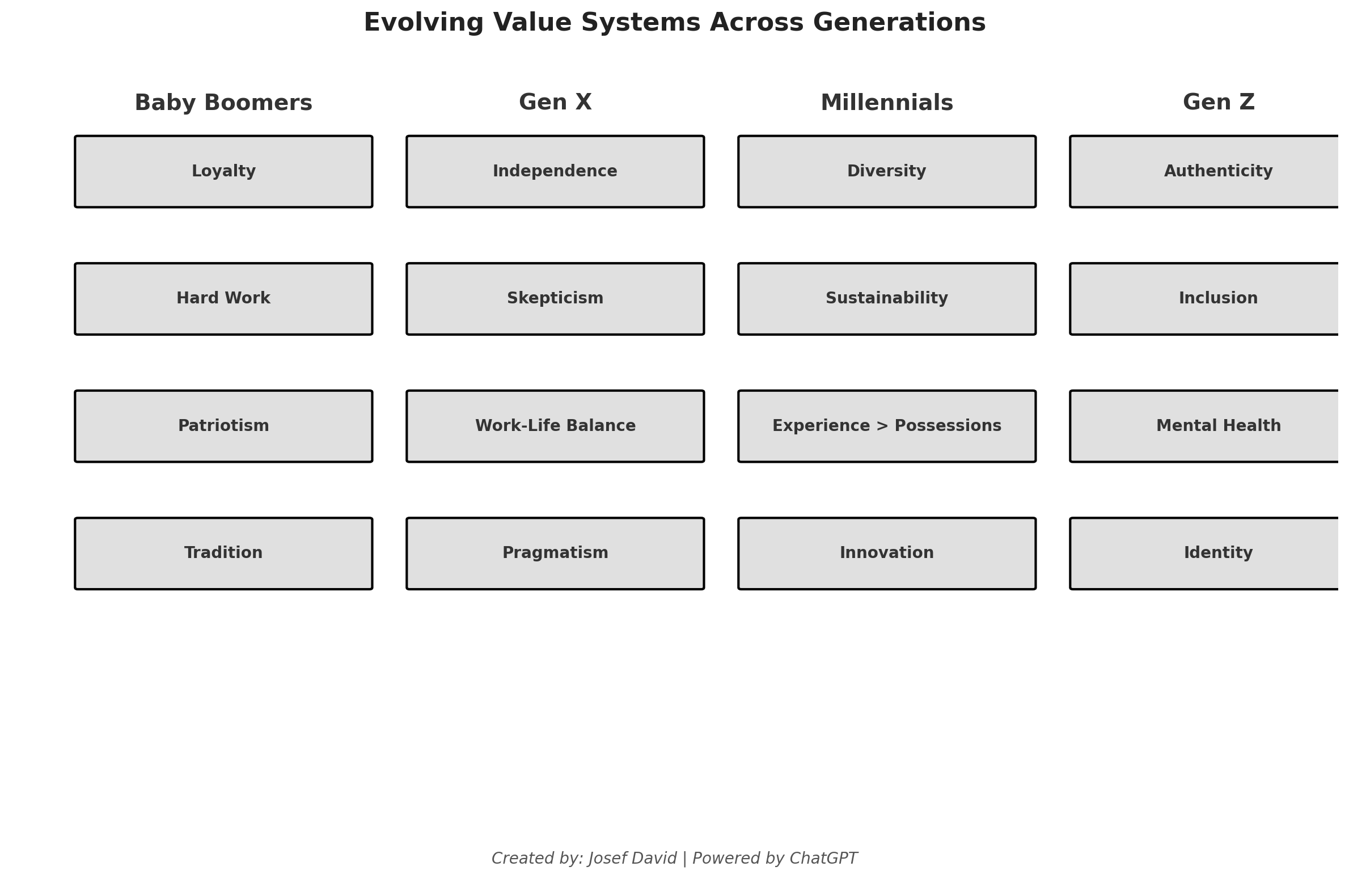1. Industry Dynamics
- Macroeconomic Factors:
- Economic Recovery and Demand Fluctuations: With economies recovering from global disruptions (like the COVID-19 pandemic), there is renewed demand for industrial gases in manufacturing, healthcare, and energy sectors. CEOs need to monitor these shifts and adjust supply capacities accordingly.
- Global Supply Chain Challenges: Ongoing supply chain disruptions have prompted companies to reassess their logistics and sourcing strategies. This includes considering local production facilities to enhance resilience against geopolitical challenges and reduce transport costs.
- Regulatory Changes:
- Environmental Regulations: Stricter emission regulations globally are pushing industrial gas companies to invest in cleaner technologies and sustainable practices. Compliance is essential not only to avoid penalties but to maintain competitive advantage.
- Safety and Health Standards: Enhanced safety regulations surrounding the handling and storage of industrial gases necessitate ongoing training and investment in safety technology.
- Technological Advancements:
- Industry 4.0: The adoption of smart manufacturing technologies, including IoT and big data analytics, is revolutionizing operations, allowing for better efficiency, predictive maintenance, and cost savings.
- Automation and Robotics: Companies are increasingly employing automation in production processes to improve efficiency and reduce labor costs, while also addressing workforce shortages.
2. Emerging Technologies
- Hydrogen Production:
- Green Hydrogen: As the world moves towards decarbonization, investments in green hydrogen production are gaining momentum. Companies are exploring electrolysis technology powered by renewable energy sources to produce hydrogen, which can be used in various applications, from energy storage to fuel cells.
- Hydrogen Infrastructure Development: Building infrastructure for hydrogen storage, transportation, and refueling stations is crucial for enabling widespread adoption. Partnerships with governments and energy firms are becoming essential.
- Carbon Capture and Utilization (CCU):
- Innovative Carbon Management Solutions: Companies are focusing on carbon capture technologies to address regulatory pressures and sustainability goals. Investment in R&D for effective capture and reuse solutions is a priority.
- Collaborative Projects: Joint ventures with other industries (e.g., cement, steel) to implement carbon capture solutions can diversify revenue streams and facilitate shared expertise.
- Digitization in Manufacturing:
- Smart Factories: Emphasis is on building smart factories that utilize AI, machine learning, and advanced analytics for process optimization, real-time monitoring, and predictive maintenance, resulting in reduced downtime and increased efficiency.
- Digital Twins: Implementation of digital twin technology allows for virtual simulations of industrial processes, which improves operational insights and decision-making.
3. Competitive Landscape
- Awareness of Competitors:
- Market Share Analysis: Regularly tracking competitors’ market share and strategies helps identify potential threats and opportunities. CEOs must ensure their firms remain agile and responsive to rivals’ moves.
- Disruptive Entrants: New entrants, especially those leveraging innovative technologies or sustainable practices, can disrupt established players. This necessitates vigilant market scanning to identify potential disruptions early.
- Collaborative Strategies:
- Partnerships and Alliances: Forming strategic alliances with technology providers, research organizations, and other industry players is essential for innovation and market expansion.
- Mergers and Acquisitions (M&A): Strategic M&A activity can help companies gain market share, access new technologies, or diversify their portfolios in response to changing market demands.
Conclusion
In the industrial gas sector, staying abreast of macroeconomic trends, regulatory shifts, and technological advancements is paramount for CEOs. By focusing on emerging technologies like hydrogen production and carbon capture, companies can position themselves as leaders in sustainability. Additionally, a keen understanding of the competitive landscape, including rivals and potential disruptors, will inform strategic decision-making, ensuring resilience and growth in a dynamic market environment.
Industrial Gases 2025+




